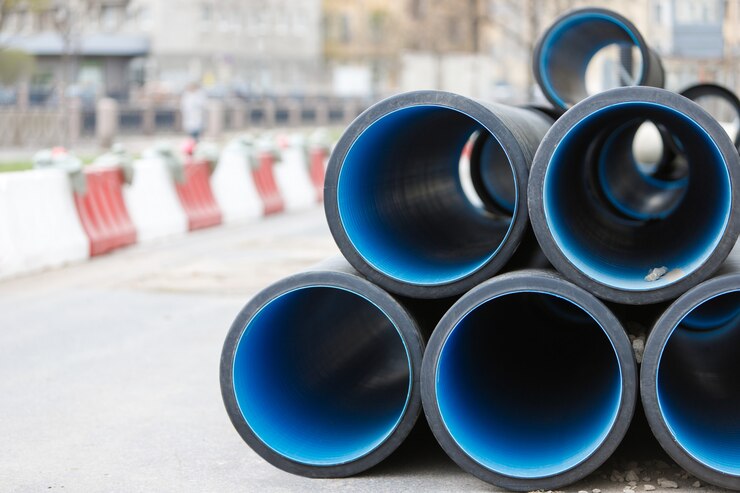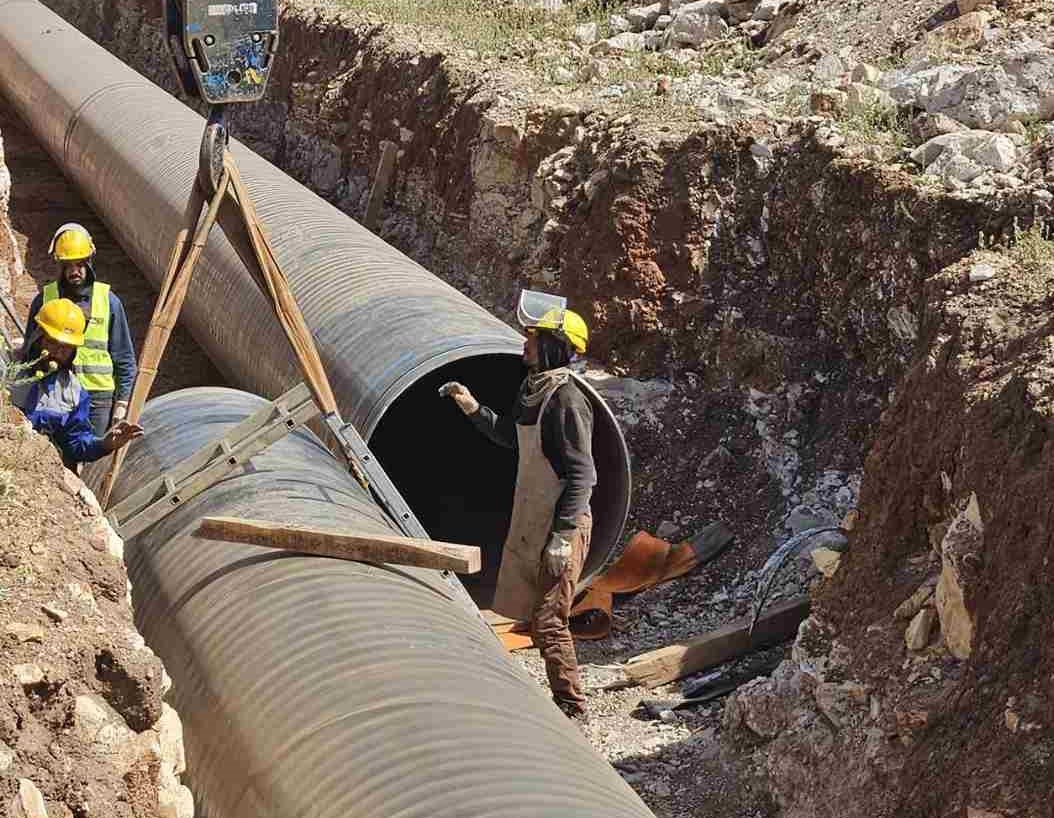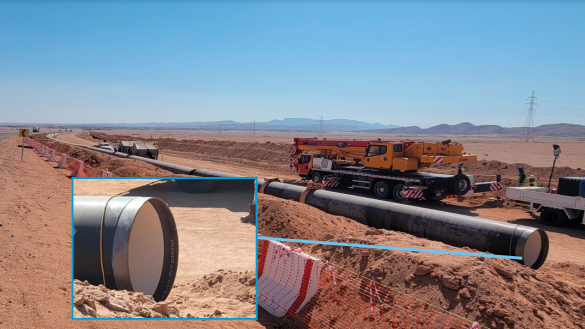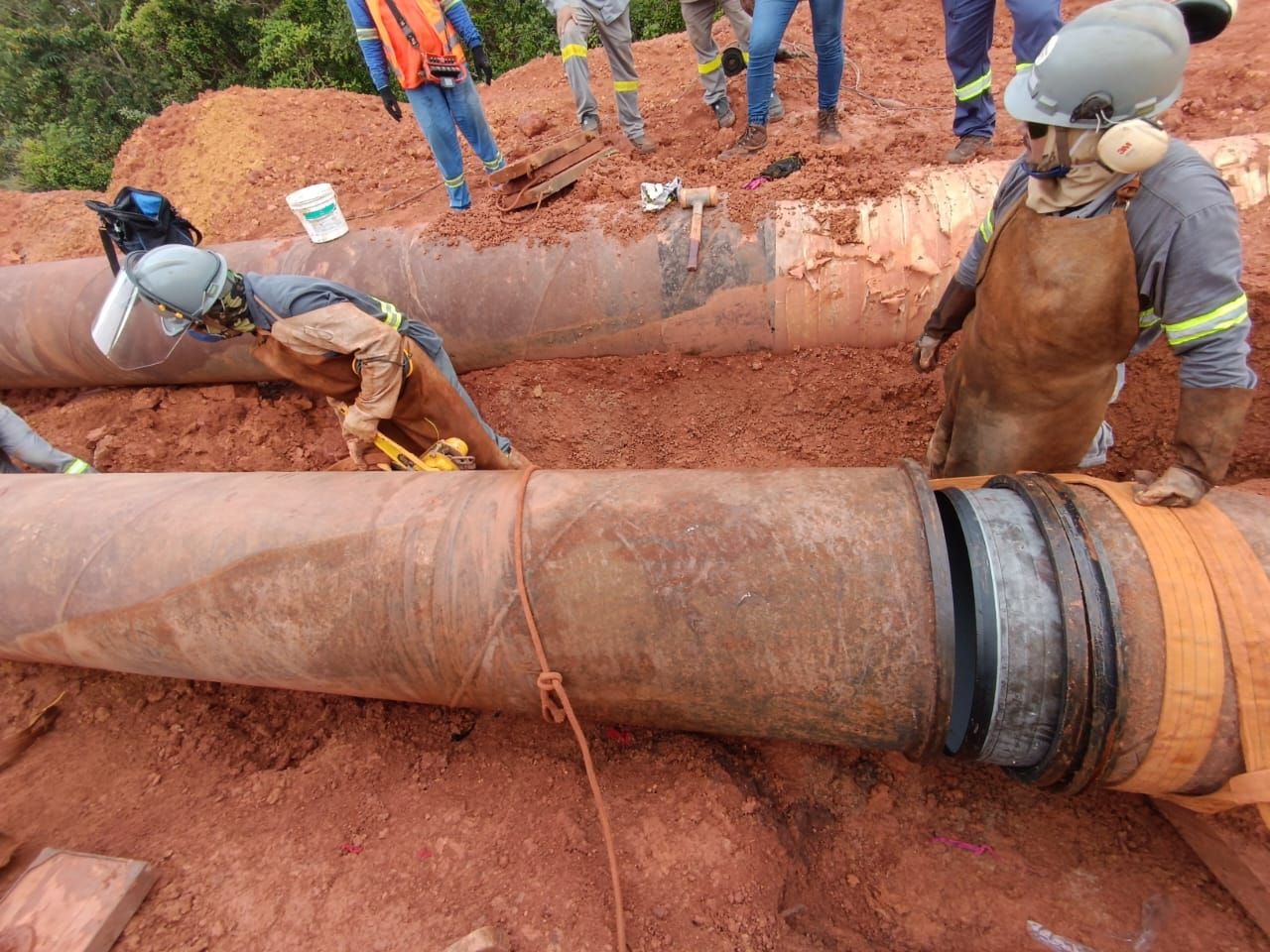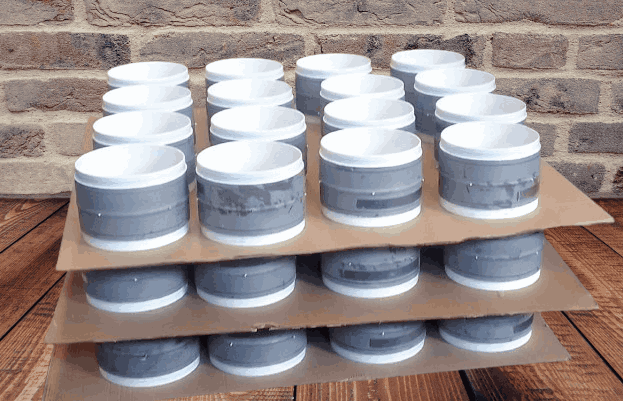Girth weld coating is the protective layer applied to the circumferential welds that join individual pipeline sections. This coating shields the weld joint from corrosion, abrasion, and other external environmental factors that could jeopardize its structural integrity. Epoxy, polyethylene, polyurethane, and fusion-bonded epoxy (FBE) are common girth weld coating materials.
The impact of girth weld coating on pipeline integrity and longevity is of great interest and significance for pipeline operators, engineers, and researchers. It is critical to understand the function and efficacy of this coating to ensure the long-term performance of pipelines under various operating conditions.
This blog aims to investigate and analyze the significance of girth weld coating in maintaining the integrity and longevity of pipelines. It will examine the key factors that affect the performance of the coating, such as coating materials, application techniques of girth weld coating, and environmental conditions.
Additionally, we suggest reading out “Factors to Consider When Selecting Girth Weld Coatings for Different Environments.”
Understanding The Girth Weld Coating
Girth weld coating applies a protective layer to pipeline welds. Individual pipe segments are joined to form these joints during pipeline construction, repair, or maintenance.
The primary goal of girth weld coating is to create a barrier that protects the welds from corrosion, mechanical damage, and other forms of degradation that could jeopardize the pipeline’s structural integrity.
Pipeline Integrity And Longevity
The integrity and durability of pipelines are crucial factors that must be considered to guarantee the safe and effective transportation of oil, gas, and other fluids.
Maintaining the integrity of a pipeline is essential for avoiding leaks, ruptures, and contamination of the surrounding environment. On the other hand, increasing the operational lifespan of a pipeline optimizes investment and reduces the need for costly replacements and repairs.
Impact Of Girth Weld Coating On Integrity And Longevity Of Pipeline
Following is impact of girth weld coating:
Protection Against Corrosion
Corrosion is one of the greatest threats to pipeline integrity. The coating on girth welds provides a robust barrier against corrosive elements such as water, chemicals, and soil contaminants.
The coating provides a physical barrier between the weld and the surrounding environment, preventing the initiation and progression of corrosion.
Mechanical Protection
In addition to corrosion, girth welds may be subject to mechanical stresses during installation, operation, and maintenance activities. Coatings protect against mechanical damage caused by external factors such as rocks, debris, and machinery.
They enhance the weld’s resistance to abrasion, impact, and wear, decreasing the likelihood of failure and extending the pipeline’s service life.
The girth weld coating performs the function of a protective shield, absorbing and distributing external forces to reduce the likelihood of the welds being damaged by mechanical stress.
Environmental Resistance
Coatings for girth welds are designed to withstand various environmental conditions, including temperature fluctuations, ultraviolet (UV) radiation, moisture, and chemical exposure.
These coatings have superior adhesion and flexibility, allowing for the expansion and contraction of pipelines. By effectively withstanding environmental challenges, coatings maintain the integrity of girth welds over time.
Factors Influencing Coating Performance
Girth weld coating performance is expected to be good. A variety of factors influence girth weld coatings. These include coating material selection, application techniques, environmental conditions, and operational parameters. The proper coating material, such as fusion-bonded epoxy (FBE) or three-layer polyethylene (3LPE), must be chosen to achieve the desired level of protection.
Proper surface preparation and application methods, such as temperature control and uniform thickness, also contribute to a coating’s effectiveness.
Cathodic Disbondment
Cathodic protection is a common method for preventing pipeline corrosion. The girth weld corrodes when the protective coating separates from the metal substrate. Cathodic dis-bondment can occur due to incorrect coating application or coating damage.
Designed to resist cathodic dis-bondment, high-quality girth weld coatings ensure that cathodic protection systems remain effective.
Adhesion And Flexibility
Effective girth weld coatings must adhere strongly to the metal surface to provide long-lasting protection. It must be tightly adhered to the weld, forming a continuous and uniform barrier.
Furthermore, the coating must be flexible enough to accommodate the pipeline’s movement and expansion/contraction without cracking or delamination. This adaptability is especially important in areas with varying temperatures and seismic activity.
Environmental Considerations
Pipelines traverse diverse environments, including offshore, coastal, and onshore regions, each presenting challenges.
Coatings for girth welds must be designed to withstand specific environmental conditions, including temperature fluctuations, seawater exposure, soil characteristics, and ultraviolet radiation. Understanding these environmental factors is crucial for selecting the most durable and effective coating system.
Challenges And Mitigation Strategies
Even though girth weld coating has benefits, it can be hard to apply, inspect, and keep up. Flaws in the coating can cause this, not preparing the surface well enough, problems with sticking, or damage from shipping or installation.
Strict quality control measures, regular inspections of girth weld coating, and proactive maintenance can help find and fix these problems, making the coating last longer.
Functions And Purpose Of Girth Weld Coating
Girth weld coatings primarily serve as a barrier between the external environment and the pipeline’s metal substrate. This barrier serves several important functions in ensuring the pipeline’s integrity. To begin with, girth weld coatings protect against corrosion by preventing direct contact between the pipeline material and corrosive agents.
The transported fluids’ moisture, soil chemicals, and corrosive substances can cause corrosion and degrade the pipeline’s metal surface. Coatings for girth welds act as a shield, preventing corrosion by preventing corrosive agents from penetrating.
Girth weld coatings reinforce welded joints while also protecting them from corrosion. The coating absorbs and disperses external forces such as abrasion, impact, and stress.
It acts as a shield, reducing the possibility of mechanical damage to the welded area. Girth weld coatings improve the overall strength and durability of the pipeline by providing mechanical protection.
Conclusion
Coatings for girth welds are important for keeping pipelines strong and lasting long. By protecting welded joints from corrosion and mechanical damage, these coatings make it less likely that they will break or leak. Thus to ensure that girth weld coatings work as well as possible, it is important to choose the right coatings, apply them correctly, and follow best practices in the industry.
Operators of pipelines can improve the performance and dependability of their infrastructure by putting in place proactive integrity management practices and investing in the right materials, coatings, and monitoring technologies. This reduces risks and keeps the flow of energy resources going without interruption.

